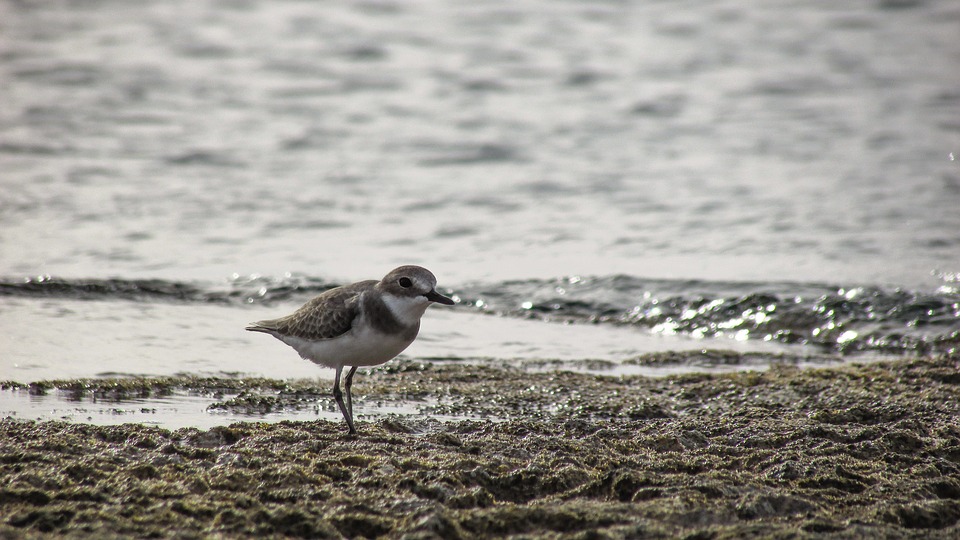
Hands-On Activities for Introducing Ecosystems to Elementary Students
To really understand how interconnected all life forms in an ecosystem are, it helps to experience those webs first-hand, inside and outside the classroom.

To really understand how interconnected all life forms in an ecosystem are, it helps to experience those webs first-hand, inside and outside the classroom.
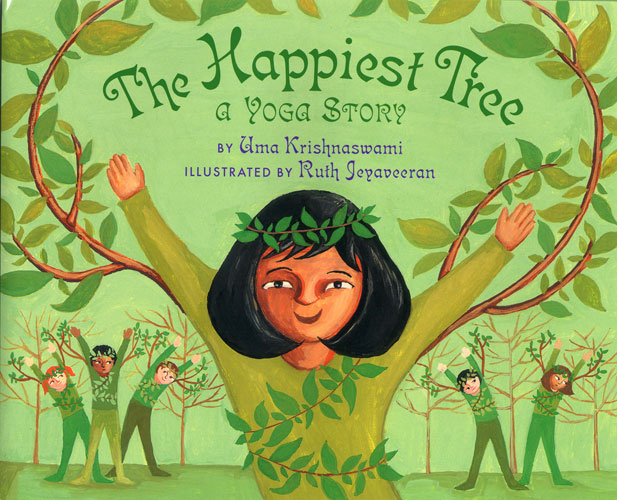
The word “yoga” derives from a Sanskrit word “yuj,” meaning “to unite or integrate.” This book embodies Sanskrit’s yuj and can be used to integrate multiple discipline areas.

This beautiful guide to creating a nature journal will both teach and inspire students (and teachers alike!) to chronicle what they observe in their own backyards.
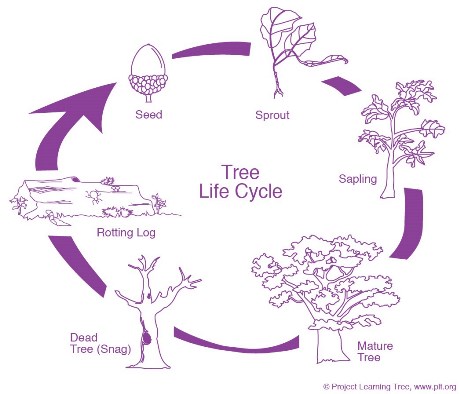
Engage students in STEM (science, technology, engineering, and math) as they learn about a tree’s lifecycle.
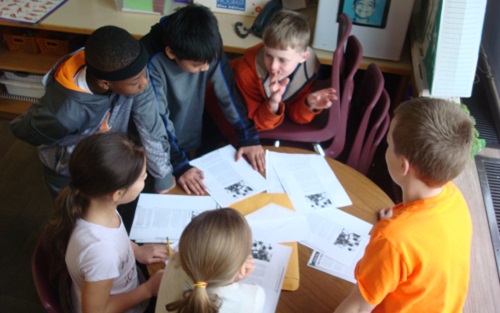
A PLT Outstanding Educator shares her adaptations and useful resources for conducting Project Learning Tree’s Forest Consequences lesson from the PreK-8 Environmental Education Activity Guide.
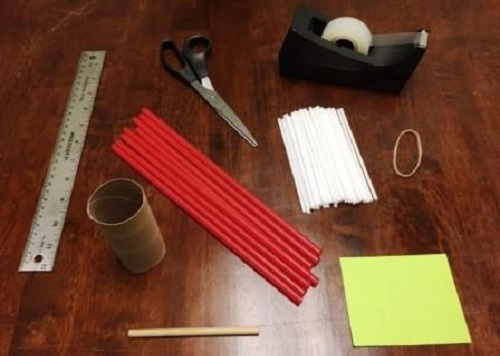
Help students visualize and better understand the function of the inner parts of a tree trunk by creating this easy-to-make visual aid.
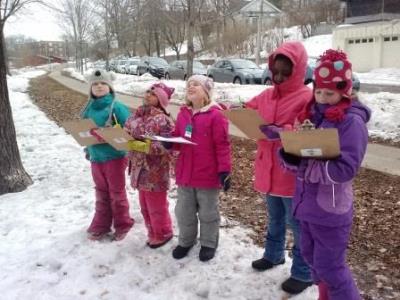
Sounds abound in every school yard! This activity encourages PreK-2 learners to explore sounds all around their neighborhood and compare how sounds change from one season to the next.
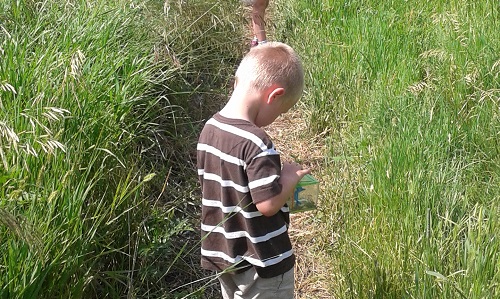
A parent finds a way to introduce environmental education and PLT into busy teachers’ schedules at her own children’s school.
Watch these videos of some of PLT’s most popular activities in action. The videos accompany our new online professional development courses.

Print out these useful cards for students to wear as giant name tags next time you facilitate PLT’s Activity 63: Tree Factory in your classroom.